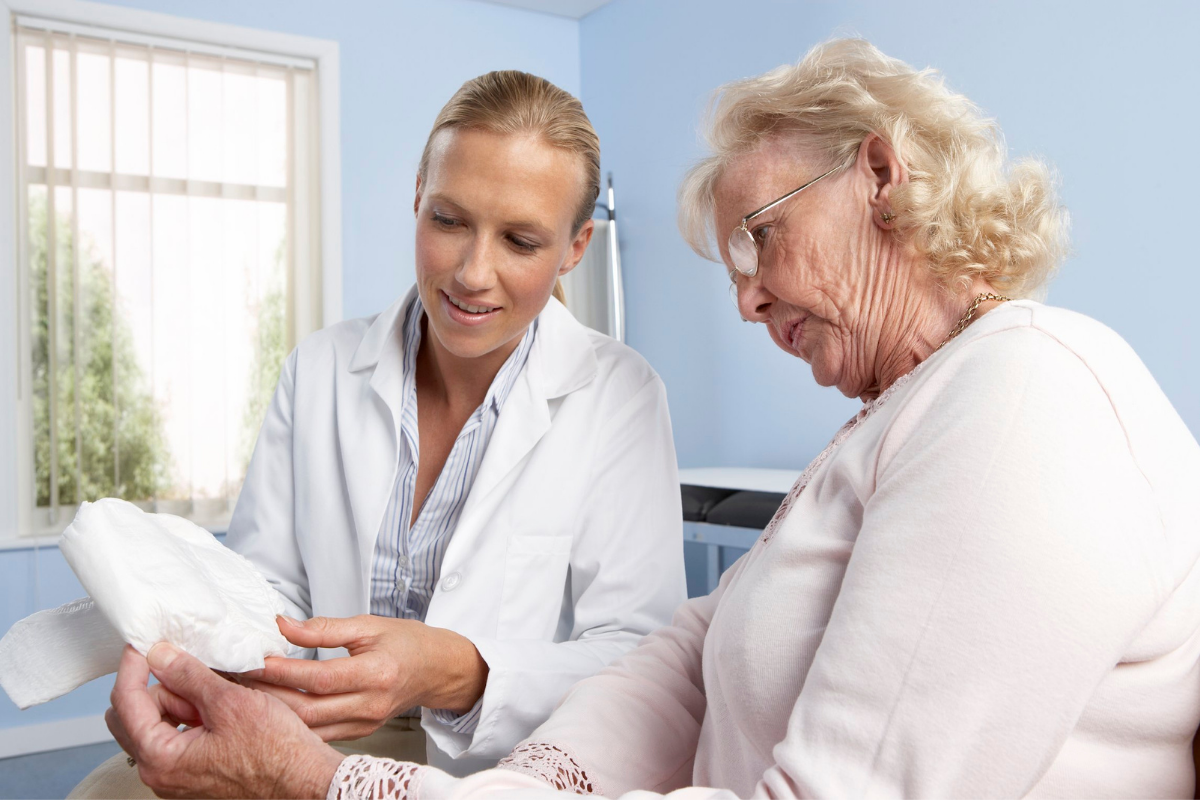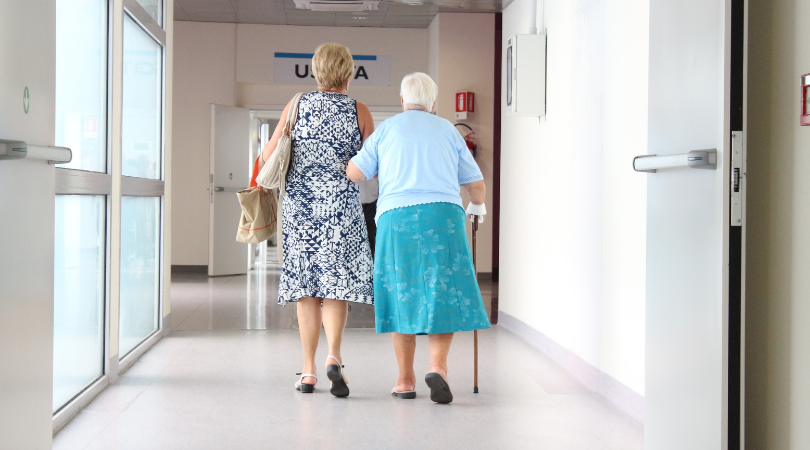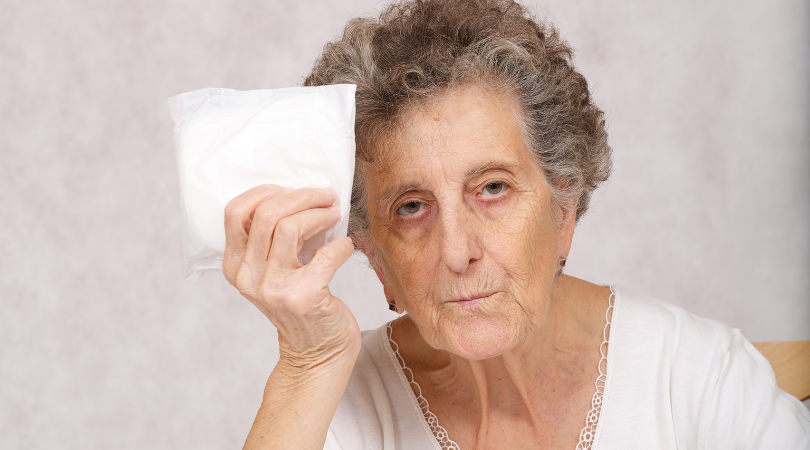Urinary Incontinence in Older Adults

Life takes a toll on our bodies, and urinary incontinence in older adults is a common challenge. A 2014 study from the Centers for Disease Control and Prevention (CDC) notes that 51% of people over the age of 65 and living at home reported bladder or bowel incontinence. Those numbers go even higher for residents of assisted living facilities and patients receiving hospice care.

Causes of Urinary Incontinence in Older Adults
Causes for urinary incontinence in elderly people vary. For men, the most common cause of urinary incontinence is problems with the prostate. For women, common causes for urinary incontinence include:
- Childbirth
- Menopause
- Pelvic floor atrophy
For both men and women, urinary incontinence can be caused by:
- Constipation
- Parkinson’s disease
- Multiple sclerosis
- Alzheimer’s disease
- Stroke
- Obesity
Types of Urinary Incontinence
Not all urinary incontinence is the same. The six most common types of urinary incontinence are:
Urge incontinence – Presents as the urgent need to urinate, often causing the loss of urine before reaching the bathroom.
Overflow incontinence – Individuals feel a frequent need to urinate and often leak small amounts of urine without completely emptying the bladder.
Stress incontinence – Individuals with stress incontinence release urine when abdominal pressure increases and overcomes the closing pressure of the bladder. That can be caused by something as simple as a laugh, a cough, a sneeze, lifting a box, or climbing the stairs.
Functional incontinence – This is caused by other physical challenges. Individuals with functional incontinence feel a normal urge to urinate, but because of their neurological or physical challenges, they can’t remove their pants or make it to the bathroom in time.
Mixed incontinence – A combination of any of the above.
Total incontinence – The sphincter muscle no longer works, resulting in uncontrollable bladder leaks.

Addressing Urinary Incontinence in Older Adults
Although urinary incontinence is common, in many cases, it is treatable. Options for treating urinary incontinence include surgery, medication, diet modifications, and behavioral therapy.
For those who continue to suffer from urinary incontinence, it is important to plan ahead to prevent accidents and complications.
Scheduling bathroom visits before an individual feels the need to urinate can be especially helpful for those with neurological disorders or mobility issues. During these visits, it can be good to get in the habit of double voiding. With double voiding, an individual urinates, waits for a few minutes, and then tries to urinate again. This helps to completely drain the bladder.
When an accident does occur, always make sure to gently clean the body with a mild soap and pat the skin dry to avoid skin rashes.

Incontinence Products
When dealing with urinary incontinence in older adults, it’s important to have the right supplies on hand. Some helpful products include:
- Incontinence briefs
- Absorbent pads and liners
- Absorbent bed pads
- Mild soap
- Barrier cream to protect the skin
- Disposable wipes
Incontinence is particularly common in individuals dealing with a serious illness. Palliative care can help provide additional care and support, while connecting the individual with local resources. Take this quiz to help you determine if palliative care can assist in your situation or call Crossroads Hospice & Palliative Care at 1-888-564-3405.
If you found this information helpful, please share it with your network and community.
Copyright © 2022 Crossroads Hospice. All rights reserved.




